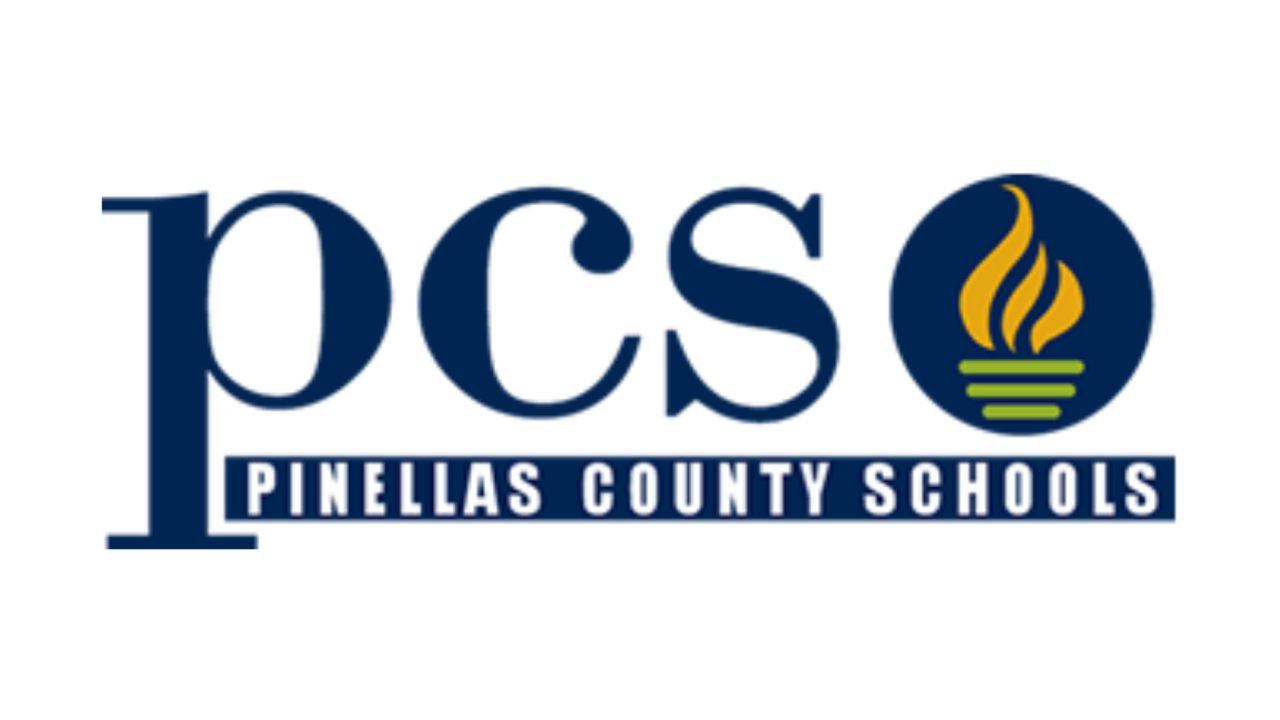
Pinellas County Schools appears to support implementing “Critical Race Theory” into the school district along with the idea of “deconstructing whiteness”; tells teachers to keep the “sexual identity” of students a secret from parents
Incidents
Pinellas County Schools promotes a “Bridging the Gap Plan” on the district’s website. The goal of the plan is “to close the achievement gap between black students and their peers.” However, the school district appears to be using the initiative to push political and racial issues into the curriculum taught to students.
In a document titled “Bridging the Gap Plan 2021-2022,” the school district states that it is working to “implement culturally responsive instructional practices in classrooms such as oral language and storytelling, cooperative and small group settings, music and movement, morning meetings, explicit vocabulary instruction, monitoring with feedback and deliberate use of cultural references in lesson plans in order to increase the percentage of proficient students.” The term “culturally responsive” is often used to describe a method of teaching that includes the race and ethnicity of students as part of the lessons taught in classrooms.
The school district continued to explain in the document that the district will “identify and provide additional culturally relevant books, resources, and technology to supplement core instruction representing diverse perspectives as a way to increase student engagement.” When hiring and recruiting employees, the school district stated that it will “develop and implement a training plan for all hiring managers that focuses on shifting mindset and implementation strategies for hiring related to recognizing unconscious bias, equity and excellence and cultural responsiveness.” The school district also explained in the document that it had successfully commissioned “an Anti-Racist Curriculum Review Task Force to examine curriculum from an antiracist perspective and implement recommendations from task force for the coming school year(s).”

The school district’s strategic plan for 2021-2022 focuses heavily on equity with the school district planning to “develop a district equity office to review and align supports and monitoring processes that infuse equitable practices throughout district operations.” The school district also plans to “ensure at least 75 percent of instructional staff are trained in the AVID Culturally Relevant Teaching strategies so all teachers are trained by 2023.”
The school district’s website has a page titled “Equity Division” that appears to be for the school district’s upcoming equity office. The page currently has no content. The school district does already have an “equity officer.”
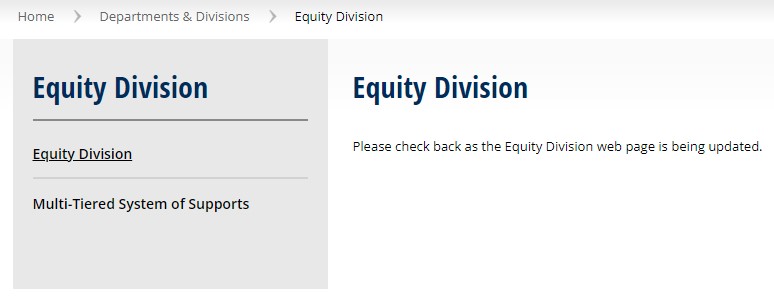
The school district has a job posting document on its website titled “Administrator on Special Assignment (Equity).” The role of this position is “to develop, monitor and support the implementation
of the district’s equity initiatives.” A responsibility of the position is to collaborate “with district and school staff to develop and manage a districtwide framework for advancing social and racial equity of access and outcomes.”
The school district has a research brief on its website labeled “Cultural Competence.” The research brief attempts to make the argument that school systems are inequitable against students who are not part of the “dominant culture” and even states that schools privilege “white students.” The research brief explains:
Traditional educational policy and practice serve as transmission tools that require all students to meet normative standards of the dominant culture irrespective of racial, ethnic, or linguistic diversity; that sorts students by socioeconomic status; that engenders a hegemonic school culture that contributes to disproportionate achievement and discipline gaps for students of color and those with exceptionalities; and that ultimately contributes to the continued marginalization of disadvantaged students far beyond their K-12 experience. Despite the advancements within public education and decades of reform, the system has an established history of inequitable experiences for students of color while demonstrably privileging white students.
The research brief then states that “culturally responsive teaching is one method for interrupting the current system.” The research brief also states that teachers must “abandon” their current understanding of race and gender: “In order to apply culturally responsive methods in the classroom and in schools generally, teachers and educational leadership must abandon hegemonic understandings of race, culture, ethnicity, class, and gender.” The brief continues to make the argument that “white students” are privileged:
The American education system cannot continue to apply the systemic, institutional authority of the dominant culture that supports privileging of white students while prohibiting the success of diverse learners. Schools must develop the means to challenge the structures that inhibit educational social justice; understanding key theories that intersect race, culture, and education can inform educators’ understanding of differential educational achievement.
The school district’s research brief also mentions “Critical Race Theory” and appears to show support for practicing the idea. The research brief explains:
Recognizing students’ race as an important sociocultural context to be considered within educational policy and practice requires educators to challenge existing assumptions about race and culture and to accept that racism is entrenched in American history; that social, legal, and economic policies or structures exist that subordinate people of color and privileges whites. Critical race theory provides a critical analysis of the relationship between policy, structures, and race. CRT defines race as socially constructed and should be considered as a “difference which exist[s] only in society [and that] makes sense only in relationship to other racial categories, having no meaningful independent existence.” Committing to equity in education without discussing race is impossible.
The research brief continues to explain that “school administrators and instructional staff are obliged to take into consideration that traditional curriculum and assessments employ knowledge hegemony in which white culture is ordinary, affirmative, and ideal where the foundation for learning is assumed to be common among all students, a tenet known as Whiteness as property.” The school district’s research brief also provides a definition for “culturally responsive” teaching: “The terms culturally responsive or cultural competence are mentioned among professional learning communities, in attempts to incorporate race and culture into instruction, and in initiatives that claim to address racial diversity.” The research brief adds that “culturally responsive practices act as an instrument for social justice, a means to balance equity and equality in education in meaningful ways.”
The school district’s research brief also promotes the idea of “deconstructing whiteness”:
A key component to combating inequity is to cultivate cultural competence: Conceiving an awareness of positionality, confronting implicit biases, recognizing the permanence of racism, understanding interest convergence, deconstructing whiteness, and constructing appropriate pedagogy around these tenets to provide an education that is responsive to the identities and cultural backgrounds of all students.
The research brief also states that “white culture” is “the dominant culture [that] dictates school culture.” The research brief continues to explain:
Whiteness is a theoretical concept that encompasses normative references that support systemic power and privilege whether it is deliberate or unconscious; the system favors whites. White culture, has an, oftentimes, invisible quality, yet is the hegemonic force that exists as the dominant racial reality that can be both oppressive and non-agentic.
The research brief then discusses “Critical Whiteness Theory” that is considered “an extension of Critical Race Theory that explains how people live racially structured lives and how whiteness is a structural phenomenon that privileges white people by creating a common sense of identity.” The brief adds that “understanding whiteness in education means recognizing how traditional teacher education, pedagogy, professional organizations, and curriculum support hegemonic ideas of education and maintain a hierarchical balance of power.” The brief continues this argument:
Culturally relevant pedagogy needs to include an explicit deconstruction of whiteness, employing counter-narratives to challenge white epistemology. Educators have a duty to apply critical methods to their pedagogical practice, to engage social justice as praxis and go beyond the orthodox standards that have been accepted as cultural competence, that are little more than platitudes.
The research brief was produced by the school district’s “Assessment, Accountability & Research” department. The department explains on the school district’s website that “we have a staff of researchers and practitioners who are always searching for trends in support of improved teaching and learning.” The department also has a list of research briefs that it has produced.
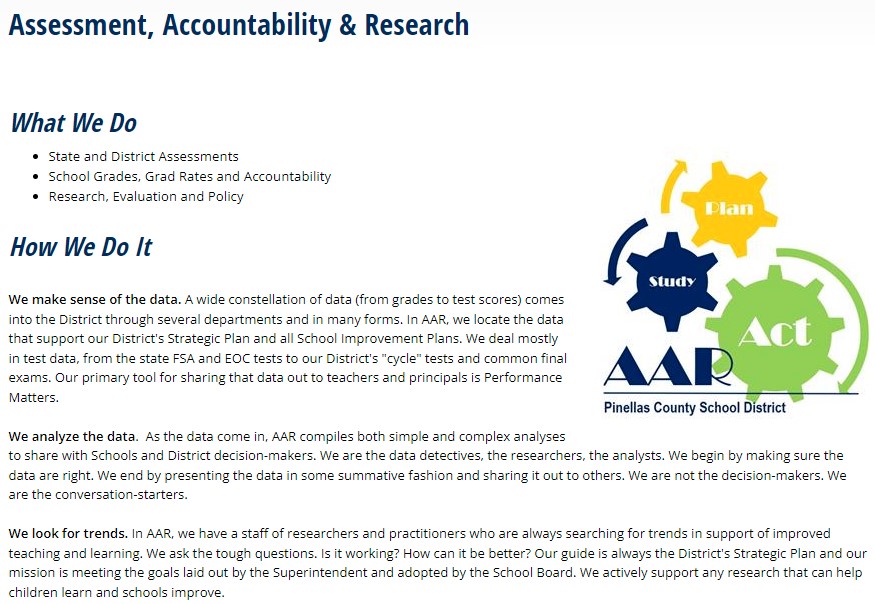
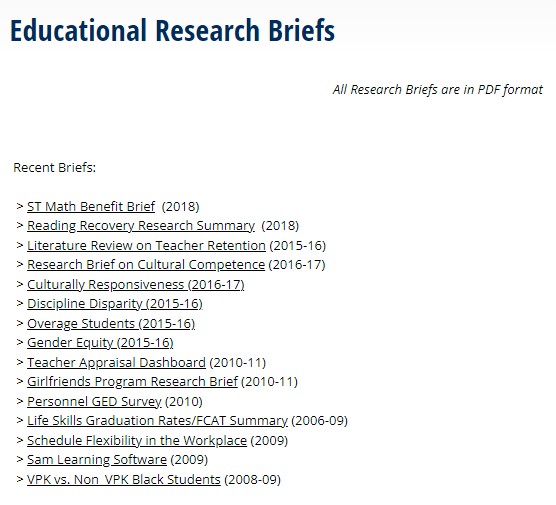
The school district also has a document titled “Annual Report to the Community” that was for the school year 2019-2020. The document states that “equity teams at each school conduct ongoing trainings, lead professional dialogue around bias and racism, and problem-solve around data to reduce equity gaps.” The document also states that “the district has trained nearly all of its teachers and school leadership teams in the foundations of restorative practices and has trained more than 30% of its teaching staff and all school leadership teams in strategies provided by AVID’s Culturally Relevant Teaching.”
The document continues to explain that it “has focused on three essential approaches for system change to promote educational equity aimed at developing employee and system awareness of achievement gaps.” These focus areas are:
- Supporting a deeper understanding of systemic inequities, implicit bias, and institutional racism to better understand root causes of the achievement gap through equity-centered professional development.
- Expanding data use to identify inequities, plan for improvement, and monitor progress of equity efforts.
- Integrating culturally relevant and restorative practices within school structures and instructional and classroom management strategies to foster student learning environments that meet the needs of diverse learners.
The document explains that “the district remains focused on training all teachers and staff in the three primary equity trainings offered: Restorative Practices, Culturally Relevant Teaching, and Equity Champions.” The document additionally explains that these training sessions involve “developing curriculum, lessons and activities that include specific, intentional and practical strategies to engage, challenge, and support diverse learners.” The training sessions also involve “developing cultural competence by recognizing the historical, cultural, social, and racial barriers that can influence beliefs and biases and impact learning.”
The idea of “equitable grading” is also discussed in the document. An additional training that teachers can participate in is called “Introduction to Equitable Grading.” The document further explains that the school district uses “equitable grading”:
To address systemic inequity and provide information aimed at shifting mindsets, a model of an equitable grading system with pertinent professional development opportunities has been piloted. Given that grades are an essential component of promotion or retention, course placement, and college admission, a high school leadership group has developed materials for schools to discuss grading practices and achievement data specific to black learners.
The school district’s website also has a page labeled “LGBTQ resources.” The page states: “Pinellas County Schools will enhance our ongoing efforts to make each Pinellas County public school a safer place for all students — with emphasis on the community of lesbian, gay, bisexual, transgender or questioning (LGBTQ+) students.” The page also provides a list of how everyone can play a role “in helping LGBTQ youth feel physically and emotionally safe.” In this list, the school district appears to tell teachers to keep the “sexual identity” of students a secret from parents. The school district’s list includes:
- Build strong connections with LGBTQ youth to demonstrate acceptance and keep the lines of communication open. Often, LGBTQ youth feel rejected. It is important for them to know that their families, friends, schools, and communities support them.
- Accept LBGTQ youth as they are, regardless of how they identify, reveal, or conceal their sexual identity.
- Protect all youth’s privacy. Be careful not to disclose or discuss sexual identity issues with parents or anyone else, without the young person’s prior permission, unless there is an immediate threat to their safety or wellbeing.
- Provide interpersonal support to students by providing a safe place to talk about their sexual identity and navigate decisions about disclosing or concealing it with others.
- Establish a safe environment at school. Schools can send a message that no one should be treated differently because of who they are or are perceived to be. Add sexual orientation and gender identity protection to school anti-discrimination policies.
- Create Gay-Straight Alliances (GSAs). GSAs help create safer schools. Schools must allow these groups if they have other “non-curricular” clubs or groups. Learn more about the right to form a GSA under the Equal Access Act.
- Conduct social-emotional learning activities in school to foster peer-relationships and help students develop empathy.
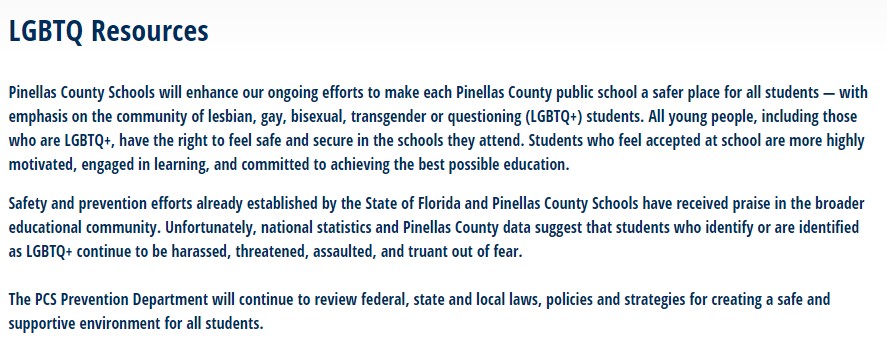
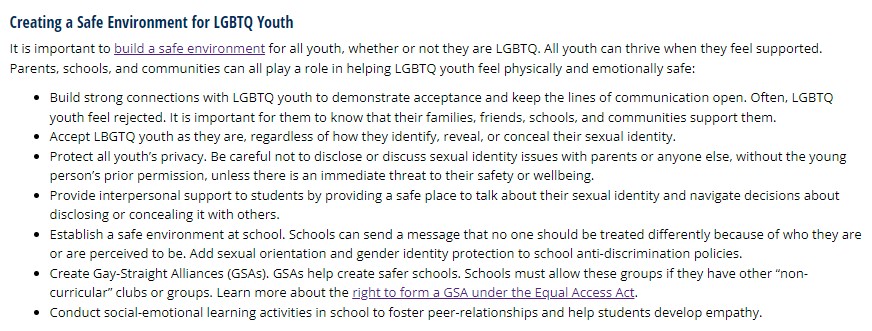
The school district’s website has a document titled “Social Studies Terms.” The definition of the “Civil Rights Movement” in the document includes “LGBT rights.” The document gives the following definition:
A worldwide series of political movements for equality before the law that peaked in the 1960s. The main aim of the movements for civil rights included ensuring that the rights of all people are equally protected by the law, including the rights of minorities, women’s rights, and LGBT rights.
Stay Informed
